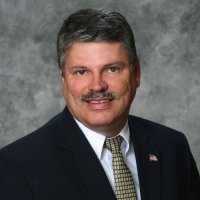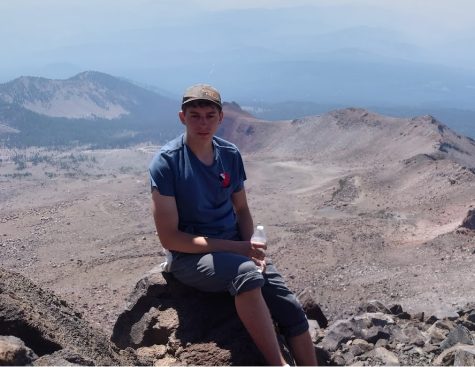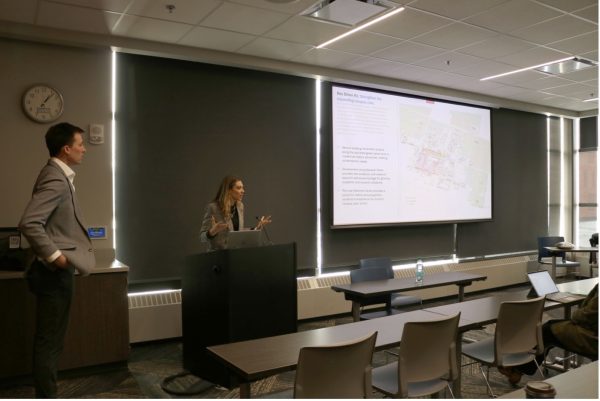Wermedal leaving SDSU position after over two decades of service

Doug Wermedal’s current SDSU staff headshot.
March 7, 2023
Associate Vice President of Student Affairs Doug Wermedal’s time at South Dakota State University is coming to a close. Last week, it was announced that Wermedal took the position of executive director for the Associated School Boards of South Dakota. The Collegian sat down with Wermedal to reflect on his SDSU legacy.
How did you get your start at South Dakota State University?
I suppose the very first step was joining hall government at Hansen Hall way back in 1982. Hall government involvement led me to being an RA (called CAs today) in Pierson Hall. Being an RA led to being a hall director, and grad school at Eastern Illinois University. From there I worked in different student housing positions at the University of North Dakota, the University of Nebraska-Kearney and Emporia State University in Kansas before returning to SDSU.
How long have you been here and in what roles?
My undergraduate stint at SDSU was from 1981 to 1985 and besides being an RA, I was a Collegian columnist and was very involved on the Hobo Day Committee, where I met the lovely and talented future Mrs. Wermedal when a friend and I made a bet on who could ask her out first.
What part of this experience has been the most memorable?
You would have to let me use the next three issues of the Collegian to cover that question. Some things do stick out though: speaking to a room full of probably more than 200 international students Sept. 11 after the first tower fell and assuring these bewildered and angst-filled students that SDSU would support them in the days ahead. Then going back to my office and watching the second tower fall.
Telling a 94-year old father that SDSU had decided to name a residence hall after his deceased son who was one of the first casualties from South Dakota in the Vietnam war, Josef Thorne, who Thorne Hall is named after. This father was so moved and even 40 years later, the loss was still so fresh you could feel it coming off him in waves. It was a privilege to honor his son’s service and sacrifice and to see how deeply meaningful it was to him.
The great “Heat Apocalypse” of 2011 in which several consecutive days of 100+ weather pushed temps in un-air conditioned halls over the 110 degree mark. We spent more than $500,000 in three days and air-conditioned every room on campus in less than a week.
Sweating the details of budget and project completion of 10 residence facilities, original construction on the Wellness Center and one expansion, a half-dozen expansions of the Union.
The pride of knowing these campus assets, easily more than $100 million in construction, will be in place for generations of students (including both of my own children) and knowing I was part of the team that helped make each of them a reality. Pretty gratifying stuff.
What has your role in student affairs taught you?
Always keep in mind the central, most fundamental, most essential aspect of what you are trying to do, and then measure every action, plan, outcome by this core thing. For student affairs, it is simply serving and advocating for students. Keeping this in mind helps me steer the ship for more than 20 years and also have some fun along the way.
How does your daughter, Danielle, feel about soon being the only Wermedal left at SDSU?
My entire family has degrees from SDSU. My wife and I, our daughter Dani and our son Drew, who completed his natural resources park management degree in December. So, you are right, in one way or another there have been at least two Wermedal-types, usually three and on occasion four Wermedals circulating on campus for more than two decades. Dani is more than able to sustain the family name and abiding connection to SDSU.
What do you hope to accomplish at your new job?
In some way this is simply a continuation of my work at SDSU, it’s just another segment of the educational path that leads to individual personal success. There are some obvious starting points in terms of workforce development ensuring we have teachers to do the most important instructional work. In the next breath, is the closely related issue of teacher compensation. I will be happy with my efforts if at the end of my time with ASBSD, teaching has become a more common career goal for South Dakota high school students. What does South Dakota look like if no one wants to teach? We all have to care about that.






















